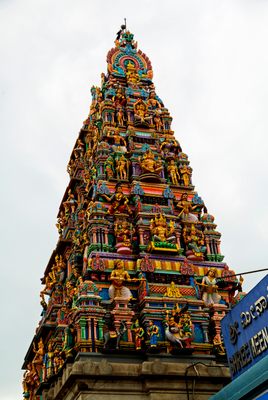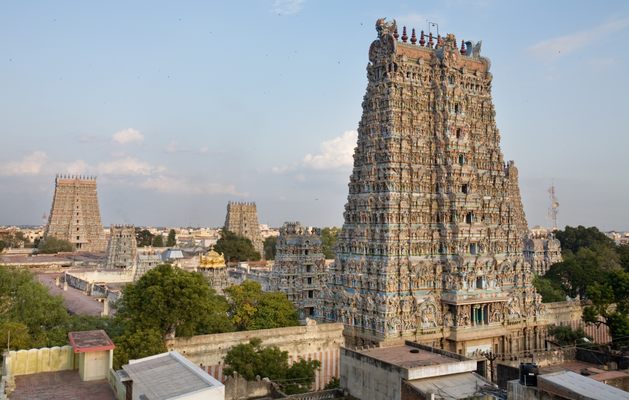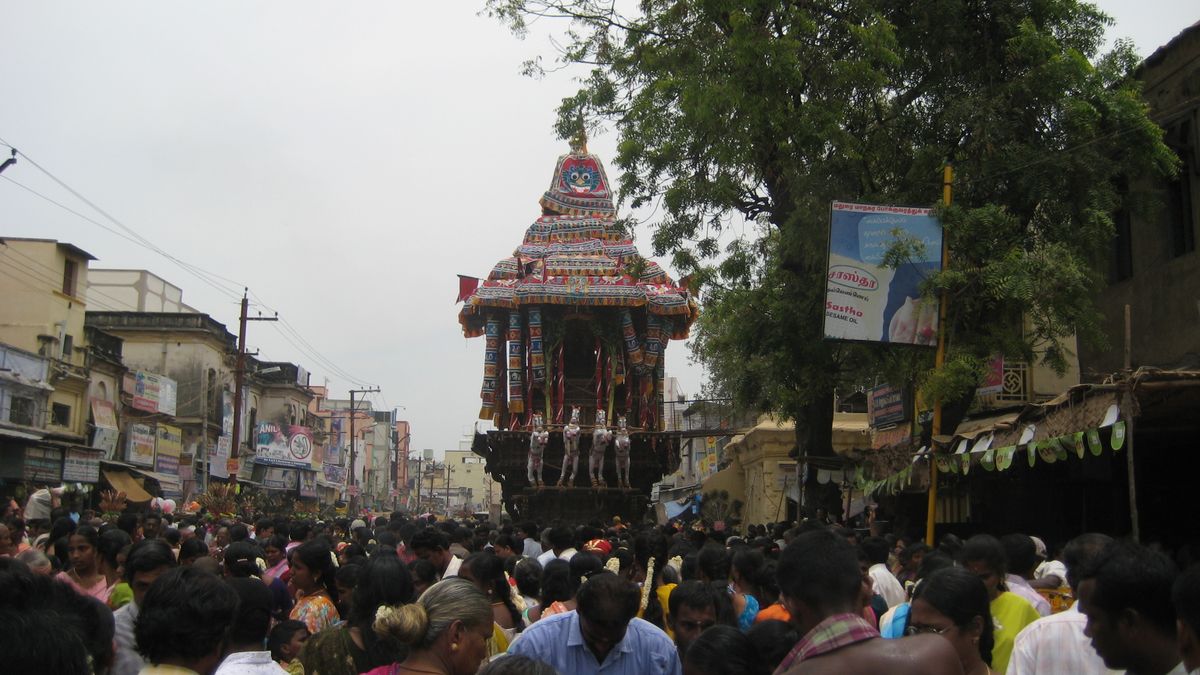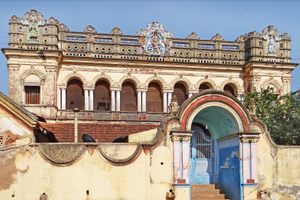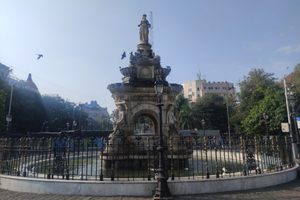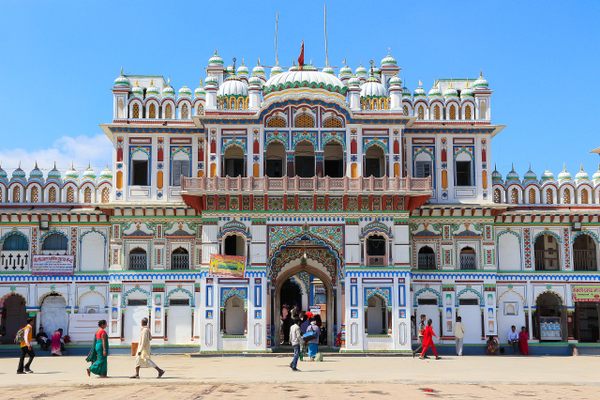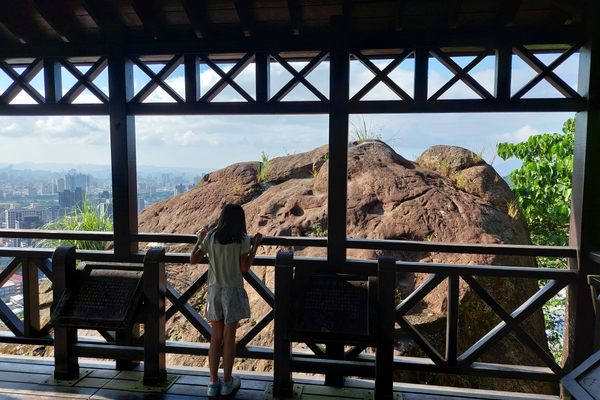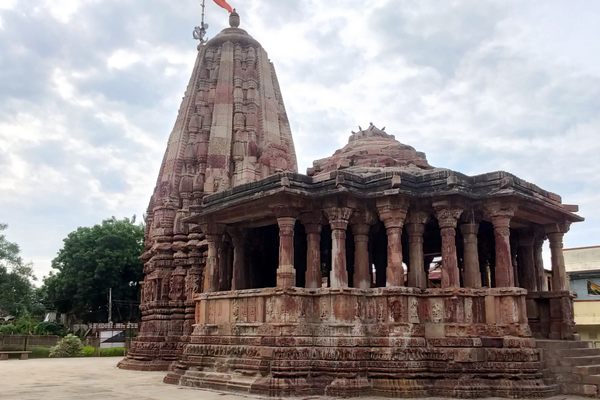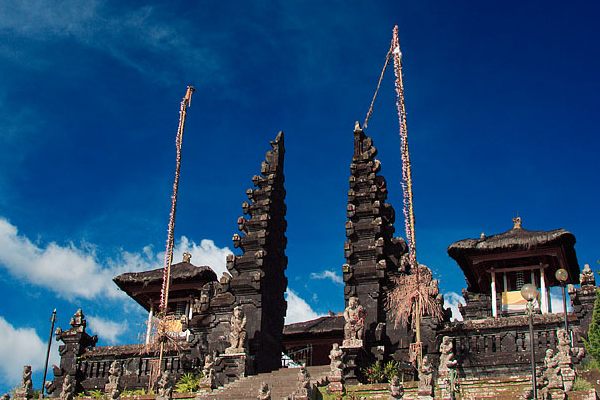About
The Meenakshi Amman Temple is the heart of the ancient city of Madurai in Tamil Nadu, India. A religious and mythological symbol dating back 2,500 years, the temple's 14 towers are each covered in thousands of colorful stone figures depicting animals, gods and demons.
This sacred site draws in upwards of one million visitors each year for the 10-day Chithirai Festival to celebrate the marriage of Meenakshi (the Hindu Goddess Parvati) to Sundareswara (the Hindu God Shiva) — a divine marriage believed by Hindus to be the "biggest event on Earth."
According to ancient Tamil literature, the Meenakshi Amman Temple was originally built 2,500 years ago by survivors of the lost continent Kumari Kandam, a mythological triangle-shaped continent that was said to span the Indian Ocean, touching Australia, Madagascar and India. Although this continent's existence is currently disproven, members of the Tamil Renaissance Movement once believed it to be the hearth of Tamil culture.
But that's all mythology. In fact, the temple was built by Tamil Hindus native to southeastern India, and it first appeared in recorded history in the 600s AD. In the 1300s, the sacred structure was ransacked and destroyed by the Muslim general Malik Kafur in a successful attempt to spread Islam to Madurai. It wasn't until nearly 250 years later, in 1559, that the structure was rebuilt by the first Nayak king of Madurai.
The Meenakshi Amman Temple remains standing today, the tallest tower reaching 170 feet high. The historic temple was even nominated for the New Seven Wonders of the World.
Related Tags
Delhi and Rajasthan: Colors of India
Discover Colorful Rajasthan: From Delhi to Jaipur and Beyond.
Book NowCommunity Contributors
Added By
Published
June 2, 2016
Sources
- https://en.wikipedia.org/wiki/Meenakshi_Amman_Temple
- https://en.wikipedia.org/wiki/Madurai_Sultanate
- http://navrangindia.blogspot.com/2014/10/first-muslim-invasion-to-tamil-nadu.html
- https://en.wikipedia.org/wiki/Pandyan_dynasty
- https://books.google.com/books?id=6L6avTlqJNYC&pg=PA76&lpg=PA76&dq=sundara+asked+kafur+to+come+to+madurai&source=bl&ots=BqM8eK7goC&sig=WoMEjIKlUF3pFo6pBgqxIn4HnEg&hl=en&sa=X&ved=0ahUKEwjm9qjXvv3MAhUGE1IKHbICBzIQ6AEIMzAE#v=onepage&q=sundara%20asked%20kafur%20to%20come%20to%20madurai&f=false







